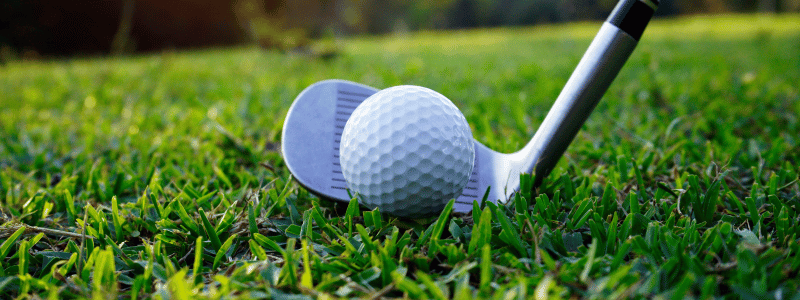Mastering the Flop Shot: Unlocking the Art of Loft and Precision
The flop shot in golf is a dazzling and versatile shot that requires finesse, touch, and impeccable technique. When executed correctly, it can be a game-changer, allowing you to navigate challenging situations with ease and confidence. Whether you need to hit a high, soft shot over a bunker or stop the ball quickly on a tight pin position, mastering the flop shot can elevate your short game to new heights. In this article, we will delve into the intricacies of hitting a great flop shot and provide valuable tips to help you execute this impressive shot with precision and flair.
- Club Selection: To hit a successful flop shot, club selection is crucial. Generally, a lob wedge or a sand wedge with a high loft, typically ranging from 58 to 64 degrees, is ideal for generating the necessary height and spin. These clubs allow you to maximize loft, enabling the ball to stop quickly upon landing.
- Open Stance and Clubface: When setting up for a flop shot, adopt an open stance with your feet and shoulders aiming left of the target (for right-handed golfers). This open position helps create the necessary swing path and promotes a higher launch angle. Open the clubface slightly at address, aligning it to the left of the target. This lofted clubface will help pop the ball up into the air.
- Soft Grip and Light Hands: To achieve the delicate touch required for a flop shot, employ a soft grip and keep your hands light throughout the swing. This allows for precise control and feel, enabling you to finesse the ball onto the desired target area. Avoid gripping the club tightly, as it can hinder your ability to execute a smooth and fluid swing.
- Wide and Controlled Swing: When executing a flop shot, the swing should be wide and controlled. Take a slightly wider stance and maintain a smooth tempo throughout the swing. Initiate the backswing by hinging your wrists and maintaining a consistent wrist cock. This will help create the necessary lag and loft in the clubhead.
- Ball Position and Weight Distribution: Position the ball slightly forward in your stance, just inside your front foot. This ensures that the club strikes the ball on the upswing, generating maximum height and softness. As you address the ball, transfer a slightly greater amount of weight onto your front foot, around 60-70%. This shift in weight helps promote a steeper swing path and facilitates a higher, soft landing.
- Acceleration and Follow-Through: As you swing through the ball, focus on accelerating smoothly. Maintain a consistent pace, ensuring that the clubhead brushes the grass after impact. Allow your wrists to fully release, extending the clubhead toward the target. This follow-through motion helps add spin to the ball and ensures a clean strike.
- Practice and Precision: Mastering the flop shot requires practice and patience. Start by practicing on the practice range or short game area, experimenting with different club selections, ball positions, and swing techniques. Focus on developing touch and feel, honing your ability to control trajectory and spin. With dedicated practice and attention to detail, you’ll gain the confidence and skill necessary to execute exceptional flop shots on the course.
Conclusion: The flop shot is a remarkable shot in golf that can transform difficult situations into opportunities for success. By understanding the nuances of club selection, open stance, soft grip, controlled swing, ball position, weight distribution, and acceleration, you can master this challenging shot. With practice, precision, and a touch of creativity, you’ll be equipped to hit spectacular flop shots that impress your playing partners and elevate your short game to new heights. So, embrace the challenge, refine your technique, and enjoy the rewards of executing a great flop shot when faced with challenging situations on the course.


